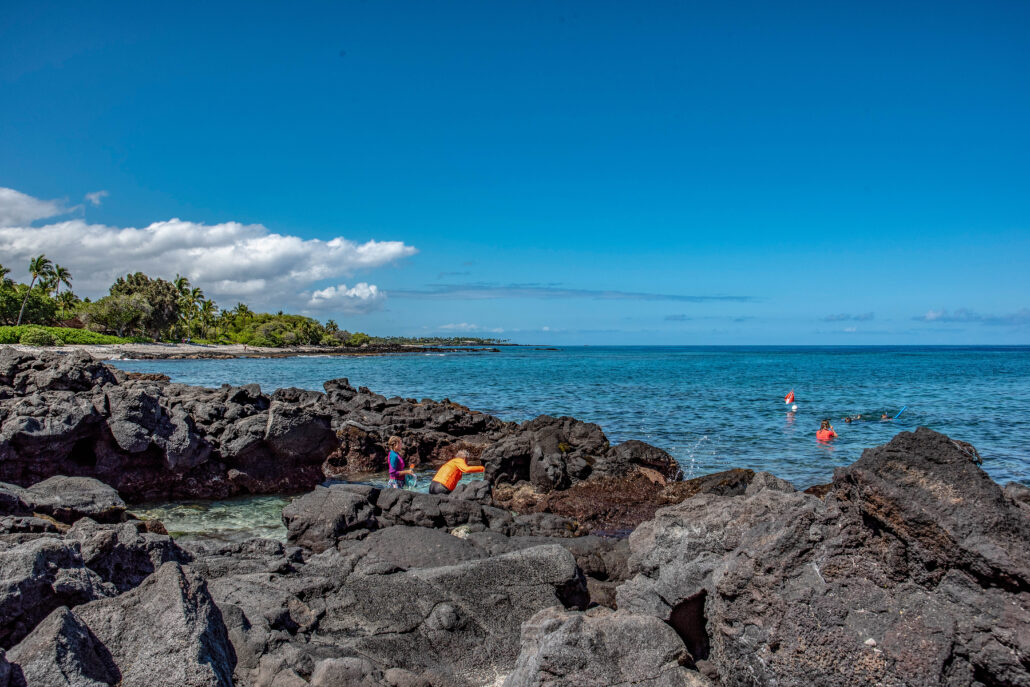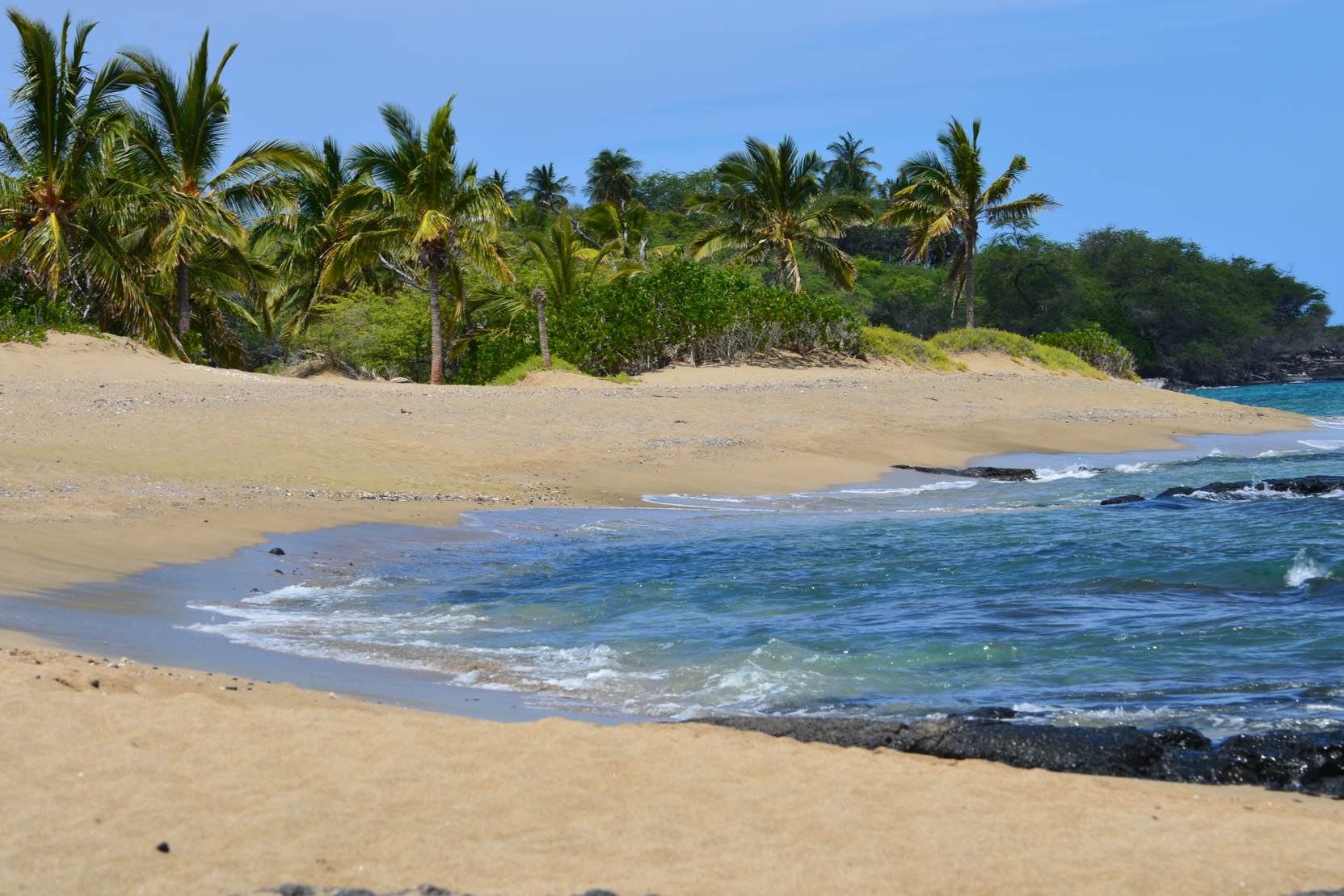The Big Island of Hawaii, known for its stunning natural beauty, diverse ecosystems, and rich cultural heritage, offers travelers a unique opportunity to experience an eco-friendly vacation like no other. From lush rainforests and active volcanoes to pristine beaches and vibrant marine life, this island paradise is a haven for nature lovers and eco-conscious travelers. In this guide, we will explore how to plan an eco-friendly vacation on the Big Island, focusing on sustainable practices, responsible tourism, and ways to minimize your environmental impact while maximizing your enjoyment of this incredible destination.

Choose Eco-Friendly Accommodations
The foundation of an eco-friendly vacation begins with your choice of accommodations. When planning your trip to the Big Island, consider the following options for eco-friendly lodging:
Eco-Resorts and Sustainable Hotels: Look for eco-resorts and hotels that prioritize sustainability and have implemented water conservation, energy-efficient lighting, and waste reduction practices. Many of these establishments also support local communities and protect the surrounding environment.
Vacation Rentals: Opt for vacation rentals like eco-friendly cottages, cabins, sustainable guesthouses, or condos. These options often provide a more immersive experience and allow you to live like a local while minimizing the carbon footprint associated with large hotels. If you want to stay in a resort, choose one with the most amenities and close to the sites and beaches you want to visit. Waikoloa Beach Resort and Mauna Lani Resort are great options.
Eco-Lodges and Glamping: Embrace nature by staying in eco-lodges or trying glamorous camping (glamping) in beautiful, natural settings. These accommodations typically have minimal environmental impact and offer a closer connection to nature, though they can be more remote and isolated.

Minimize Transportation Impact
Getting to and around the Big Island can have a significant environmental impact. The island is quite large, and you will need a car. Here’s how to minimize your carbon footprint:
Choose Direct Flights: Whenever possible, choose direct flights to reduce the carbon emissions associated with layovers and connecting flights.
Rent Eco-Friendly Vehicles: Consider renting a hybrid or electric vehicle for your island explorations. Some rental agencies on the Big Island offer eco-friendly options. You can also explore car rental sites like Turo.com for great eco-friendly rides. If you choose to rent an electric car, be sure to check if your accommodation has charging capabilities because not all of them do. Most resorts offer charging stations in their shopping centers, like the Kings’ Shops in Waikoloa Beach Resort and The Shops at Mauna Lani.
Carpool or Use Public Transportation: If you’re traveling with a group, consider carpooling to reduce the number of vehicles on the road. The Big Island also has a bus system that can be a sustainable way to get around.
Bike and Walk: In certain areas, such as downtown Hilo or Kailua-Kona, you can explore on foot or by bicycle. This not only reduces emissions but allows you to immerse yourself in the local culture. This is also true for the resorts. Depending on location, you can easily walk to restaurants, shops, and beaches within the resort area.
Respect the Environment
To truly have an eco-friendly vacation, it’s essential to respect the delicate ecosystems and local communities of the Big Island:
Stay on Marked Trails: When hiking or exploring natural areas, always stay on marked trails to avoid disturbing fragile ecosystems. This also helps protect native plants and wildlife.
Practice Leave No Trace: Follow the Leave No Trace principles by packing out all your trash, not disturbing wildlife, and minimizing your impact on natural habitats.
Reduce Plastic Use: In Hawaii, plastics often end up in the ocean, harming marine animals and contaminating the waters. Bring reusable water bottles, shopping bags, and utensils to reduce single-use plastic consumption. Many businesses on the Big Island support plastic reduction initiatives. For example, grocery stores in Hawaii do not offer plastic bags, just paper. It is a common practice here to bring your own bag when going grocery shopping.
Support Local Businesses: Choose locally-owned businesses, restaurants, and shops to support the island’s economy. This also reduces the carbon footprint associated with imported goods.

Embrace Sustainable Activities
The Big Island offers a wide range of activities that allow you to connect with nature while promoting sustainability:
Snorkeling and Scuba Diving: Explore the island’s vibrant marine life responsibly by choosing eco-friendly tour operators that prioritize reef conservation and marine protection.
Volcano Tours: Witness the island’s volcanic activity by joining guided tours that adhere to safety regulations and protect the natural environment. Stay updated on park closures and activity levels.
Botanical Gardens: Visit the island’s botanical gardens to appreciate its unique flora while supporting conservation efforts and education.
Farm Tours: Take tours of local farms and learn about sustainable agriculture practices, including coffee farms, macadamia nut farms, and tropical fruit orchards.
Contribute to Conservation Efforts
An eco-friendly vacation can also involve actively contributing to the preservation of the Big Island’s environment:
Volunteer Opportunities: Research and participate in local conservation projects or beach clean-ups during your stay. Many organizations welcome volunteers to help protect the island’s natural beauty. You can learn more about volunteering opportunities here.
Donations: Support local environmental organizations and initiatives by donating or purchasing products contributing to conservation efforts.
Learn About Hawaiian Culture: Understanding and respecting the indigenous culture of Hawaii is an integral part of eco-friendly travel. Attend cultural events, visit museums, and engage with the local community to learn about their traditions and heritage.

Responsible Dining
Eco-friendly dining is an essential aspect of your sustainable vacation:
Farm-to-Table Restaurants: Choose restaurants that source their ingredients locally and prioritize sustainable, organic, and seasonal foods. NaPua in Mauna Lani resort is an excellent choice.
Seafood Choices: Be conscious of your seafood choices. Ask if the seafood on the menu is sustainably sourced, and opt for alternatives to overfished species.
Reduce Food Waste: Order only what you can eat to minimize food waste. If dining at your accommodation, inquire about their composting or food donation programs.
Shop at Local Farmers’ Markets: The Big Island has many sustainable organic farms that grow fruits and vegetables year-round. You can find it at the local farmers’ markets and take advantage of the freshest food available on the island.
Reduce Energy and Water Consumption
Even while on vacation, it’s important to be mindful of energy and water usage:
Conserve Water: Hawaii often faces water shortages, so take shorter showers, turn off taps when not in use, and report any leaks to your accommodations.
Reduce Energy Usage: Turn off lights, air conditioning, and other electronic devices when you’re not in your room. Many eco-friendly accommodations also allow guests to reuse towels and linens to conserve water and energy.
Unplug Chargers: Unplug chargers and other devices to prevent phantom power consumption when not in use.
Offset Your Carbon Footprint
Consider offsetting the carbon emissions generated during your travel by:
Carbon Offset Programs: Participate in carbon offset programs offered by airlines or independently invest in projects that reduce or capture greenhouse gas emissions, such as reforestation or renewable energy initiatives.
An eco-friendly vacation on the Big Island of Hawaii offers the opportunity to experience its natural wonders while preserving them for future generations. By choosing eco-friendly accommodations, minimizing transportation impact, respecting the environment, embracing sustainable activities, contributing to conservation efforts, dining responsibly, and reducing energy and water consumption, you can positively impact this stunning destination. With these sustainable practices in mind, you can enjoy a memorable and environmentally responsible vacation on the Big Island.
